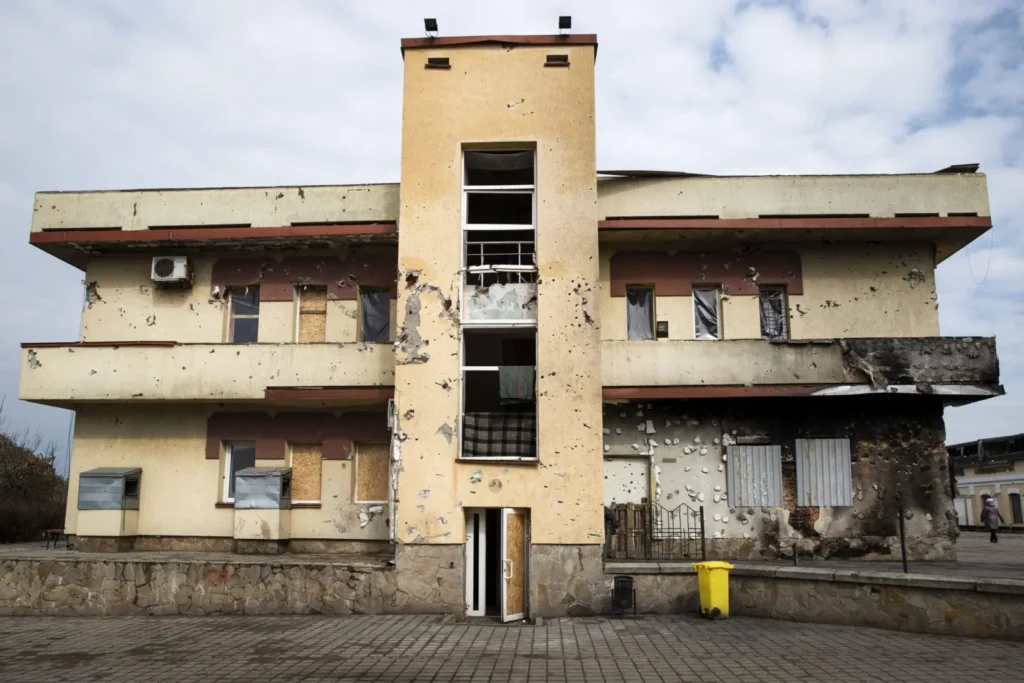Mr. and Mrs. Mudan (the appellant) purchased 14 Liskeard Gardens, London SE3, for £1,755,000 on 5 August 2019, and believing that the property was Derelict, paid £1,755,000 as Stamp Duty Land Tax and later claimed that they owned HMRC only £77,250. The appellant opined the property was not suitable for use as a dwelling within the definition of residential property. The appellant received a repayment of £99,750 from HMRC.
On 19 April 2021, HMRC opened an inquiry and issued a closure notice to the appellant tha the property was residential and attracted residential rate of SDLT.
Legislation

SDLT is chargeable on interest in land and is governed by provision 55 of the Finance Act, 2003.
Section 55(1) provides chargeable transaction under subsection (1B) and (1C).
Subsection 1(B) applies to transactions that are not ‘one of a number of transactions,’ whereas subsection (1C) applies to transaction which are one of a several transactions.
Section 116 FA 2003 defines ‘residential property’ as ‘a building that is used or suitable for use as a dwelling, or is in the process of being constructed or adapted for such use…’ Paragraph 18 of Schedule 4ZA outlines the determinants of a dwelling that, a building or part of a building counts as a dwelling if:- (a) it is used or suitable for use as a single dwelling, or (b) it is in the process of being constructed or adapted for such use’.
The communication between HMRC and the appellant dealt with section 116(1), not paragraph 18 of Schedule 4ZA. Accordingly, the First Tier Tribunal (FTT) had to conclude whether the property was suitable for use as a single dwelling on the date of effective completion.
The Property

The appellant visited the property several times and described the situation as ‘the points of entry had been broken into both at the front and the rear. The kitchen has an unbearable smell. All kitchen units and appliances had been damaged, and none of the utilities worked. They were taped with tapes telling people not to use them. Mice running around with rat droppings in the kitchen.
The boiler had been detached from the wall, and rainwater entered the boiler room, which housed two water tanks and a hot water system. Utilities like water, electricity, gas were not in safe condition. In addition, some bathrooms had been damaged, while others were in reasonable condition.
The appellant agreed that majority of work was to make the house a family home. Around 20-30% of the total project cost was incurred to make the house safe. These were:
- The electrical works of rewiring, with new switches, sockets, and fuse panels;
- A new boiler, water pumps, and pipes
- Roof installed over boiler room to stop rainwater from entering.
- Broken windows were repaired, and the property was made secure;
- The kitchen was cleaned and smell removed by removing all items from the kitchen.
- The basement flooded about six inches deep. There were some leaking pipes behind the walls, and the plumber had to redirect the water supply and tank the cellar to some extent, as water still came through when it rained.
- Lots of rubbish had to be cleared from the house and garden. Several skips had been needed to accomplish this.
Among the damage and unrest, pictures in the hearing bundle showed damp walls in the exercise room, unsafe and unusable wiring and sanitary fittings, with trash and waste item around the property with evidence of wilful damage.

The tribunal made the following observations concerning the property:
- The property had been used relatively recently as a dwelling; and
- It was structurally sound, but
- The property was not in such state to move in immediately. Before a reasonable buyer would consider moving into the property, the following works required completion:
- Complete wiring of the electricals;
- Installation of new boiler, pumps, gas, water pipes in the boiler house including a roof over it.
- Damaged pipes in cellar required replacement.
- Kitchen units and appliance required a complete overhaul.
- Broken doors, windows replaced, and property made secure.
- Trash, rubbish cleared from the property, both inside the house and outside.
Conclusion
The tribunal inquired into the contention of the parties whether a buyer would immediately move in the house.
The legislation requires the building to be suitable for use as a single dwelling. Any reasonable person would be prepared to occupy a house with potentially dangerous electricity, gas, and water and the kitchen in despair.
However, since major parts of the house would not make occupation immediate and the gas, water, electricity along with boiler house requiring a new roof made the property dangerous for immediate occupation and therefore repealed HMRC contention that residential rate is applicable.









